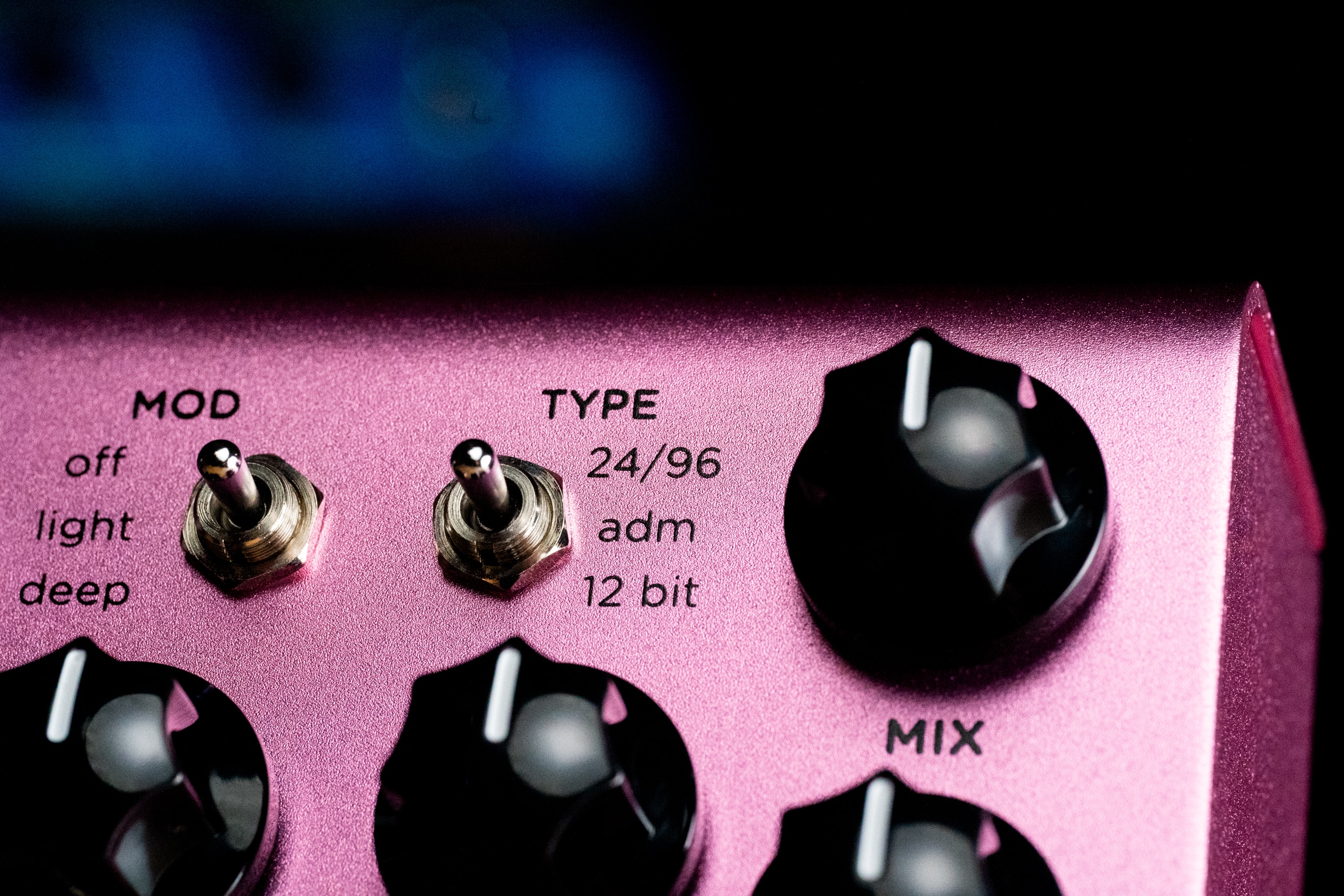
Delay Types
Voices Of Digital.
Don’t all digital delays sound the same? What gives a digital delay its own unique personality?
Digital conversion technologies in the late 70s were advancing rapidly, and clever electronics designers were on a quest to squeeze out the best possible performance specs, with fidelity not possible from tape or analog circuits. Their imaginative solutions to the limitations of the conversion process resulted in delays that possessed some unintended, unique characteristics. DIG accurately and beautifully reveals their individual personalities.
ADM – A one bit, high sample rate conversion technique that evolved from telecommunications voice coding. The conversion and supporting signal conditioning, limiting, and pre-emphasis/deemphasis create a percussive wide-band delay that adds more character when input dynamics increase.
12 bit – A 12 bit, 32kHz PCM conversion made possible by monolithic IC chips developed in the late ’70s. Pre-emphasis/de-emphasis and companding combine with the converters to produce a warm delay with a dimensional sense.
24/96 – A clean, high-resolution, high-bandwidth delay with a hint of dynamics that allow the delay to sit nicely with the analog dry signal. 24 bit resolution and a 96kHz sampling rate ensure uncolored, artifact-free repeats.
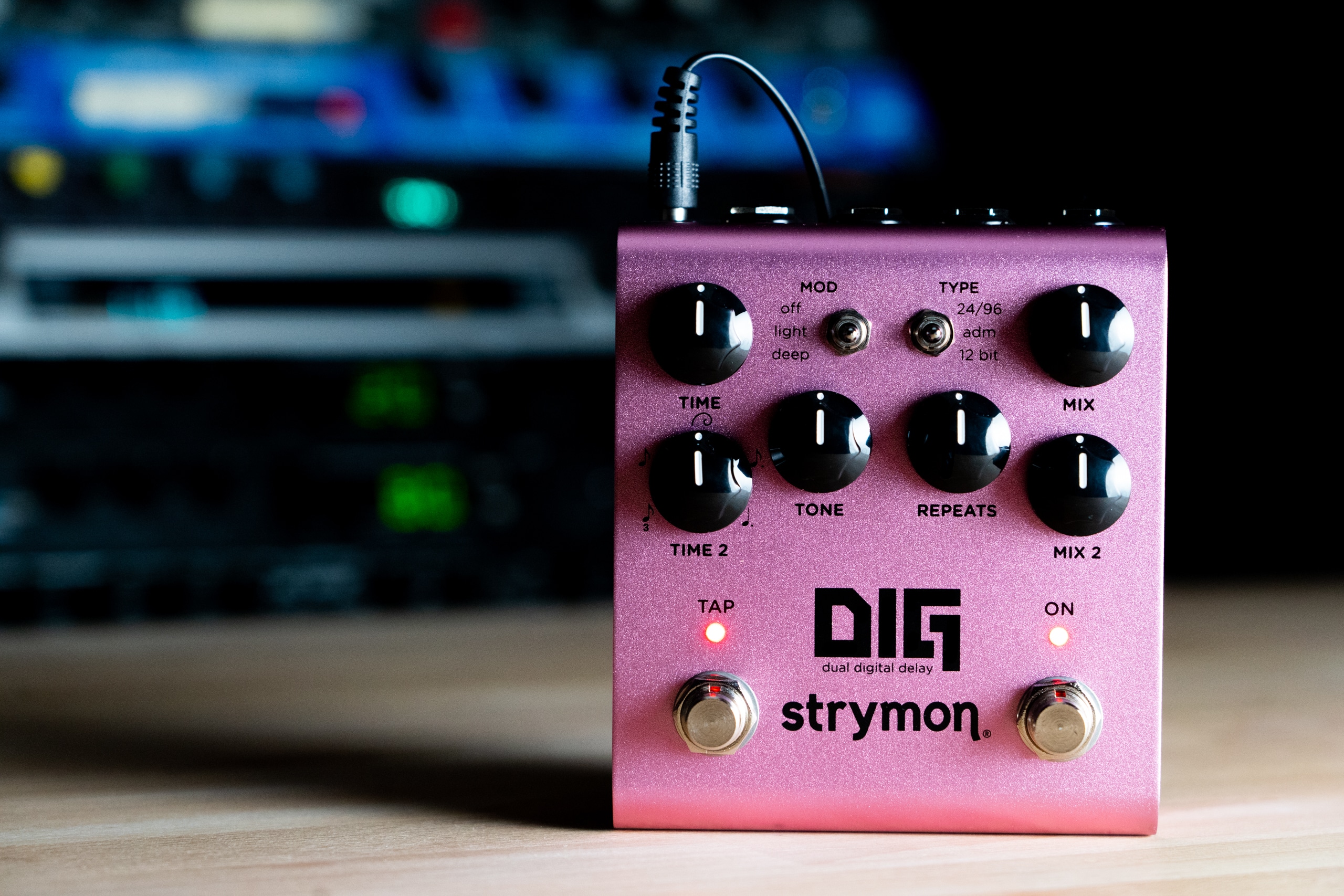
Two Delays
Two-For-One Special.
At the heart of DIG are two simultaneous, integrated delay machines.
Delay 1 is the master delay — Its free-running delay time allows you to easily dial in delays from 20ms to 1.6s with the Time knob or Tap Tempo switch.
Longer delay times lend themselves to more ambient soundscapes while doubling and slapback effects can be achieved at short delay times.
Delay 2 follows as the companion delay. A dedicated subdivision control determines the ratio between the two delays with one of five rhythmic subdivisions: triplet, eighth note, dotted eighth note, dotted quarter note, and the golden ratio.
Don’t want your delays to be synchronized?
DIG’s Free Mode secondary function disables time sync and subdivisions between Delay 1 and Delay 2, giving the Time 2 knob a full delay range from 20ms to 1.6s. This lets you use both of DIG’s delays as truly independent, standalone delay machines.
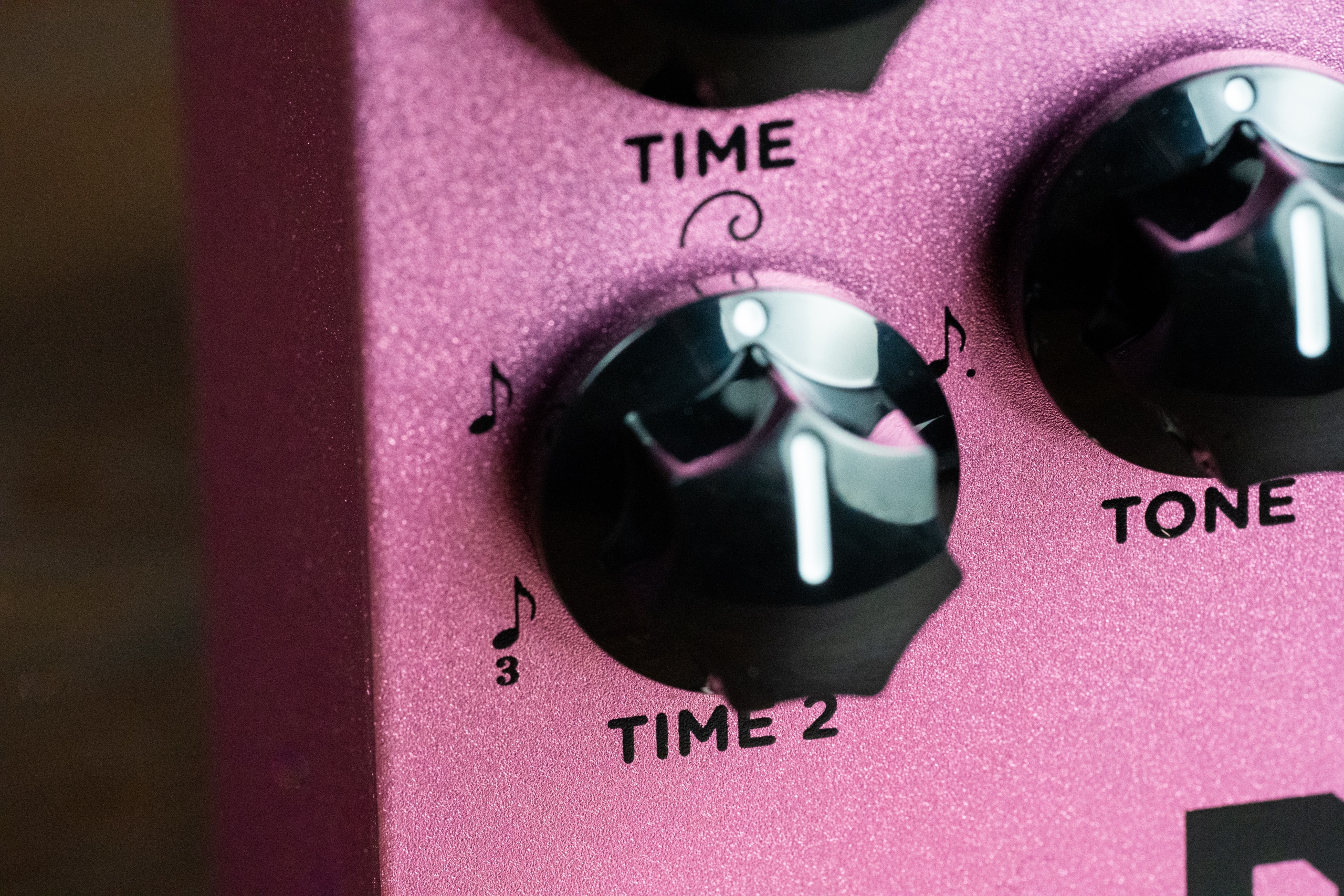
Routing Options
Go Your Own Way.
Series, Parallel, Ping Pong — Set up your two delays in one of three configurations.
Series is like setting up pedals in a chain on your board one after the other, with Delay 2 feeding into Delay 1.
Parallel will orient your delay lines so that they remain independent — Delay 1 in the left channel and Delay 2 in the right channel. If used in mono, both delays are heard at once without feeding into each other.
With Ping Pong, each delay acts as a ping pong delay, interacting together when both Mix knobs are turned up. Use in stereo for captivating back and forth rhythms.
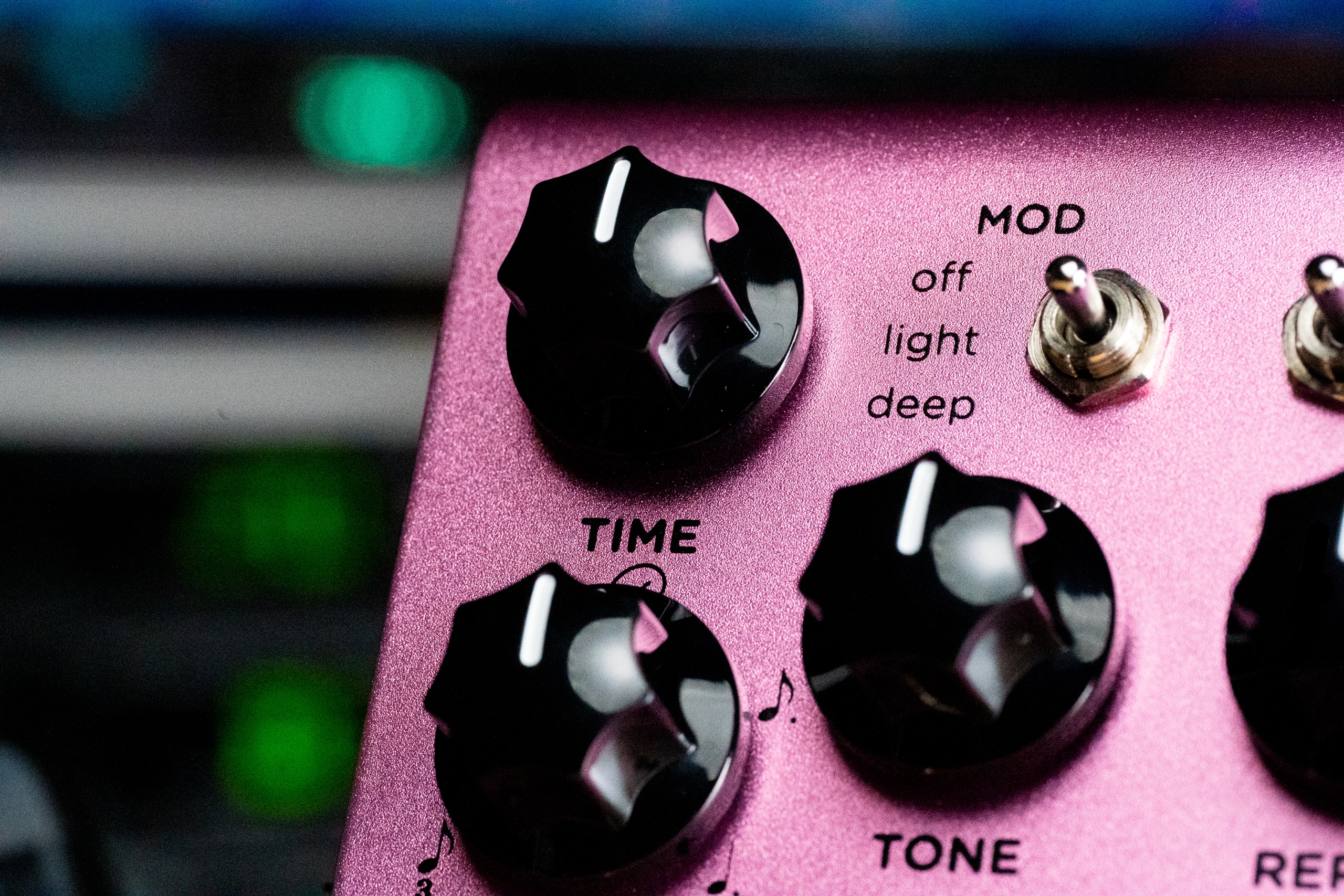
Delay Controls
Total Control.
DIG features a full suite of practical delay controls to dial in your dream reverb tone, from the studio to the stage.
Two dedicated Mix controls let you determine just the right amount of wet to dry signal, from no delays at all, to 50/50 at 3 o’clock, all the way to full wet, delay-only tones, for both of DIG’s two delay machines.
DIG’s Repeats knob adjusts the repeat amount for both delays. From singular repeats for short slapback delays, all the way to infinitely repeating echoes at its max position.
Want a different amount of repeats for Delay 2? DIG features a secondary function to choose between individually dialing in Delay 2’s repeats amount, or having them controlled by the main Repeats knob.
DIG also features two individual Time knobs for each of its two delay machines, giving you access to everything from super snappy quick delays, to long, spacey delays. Time 2 can be used to sync Delay 2’s delay time to one of 5 different delay subdivisions, or used in Free Mode to independently dial in your desired delay time.
Delay time for Delay 1 can also be set with the Tap Tempo switch for easy on-the-fly tempo adjustments.
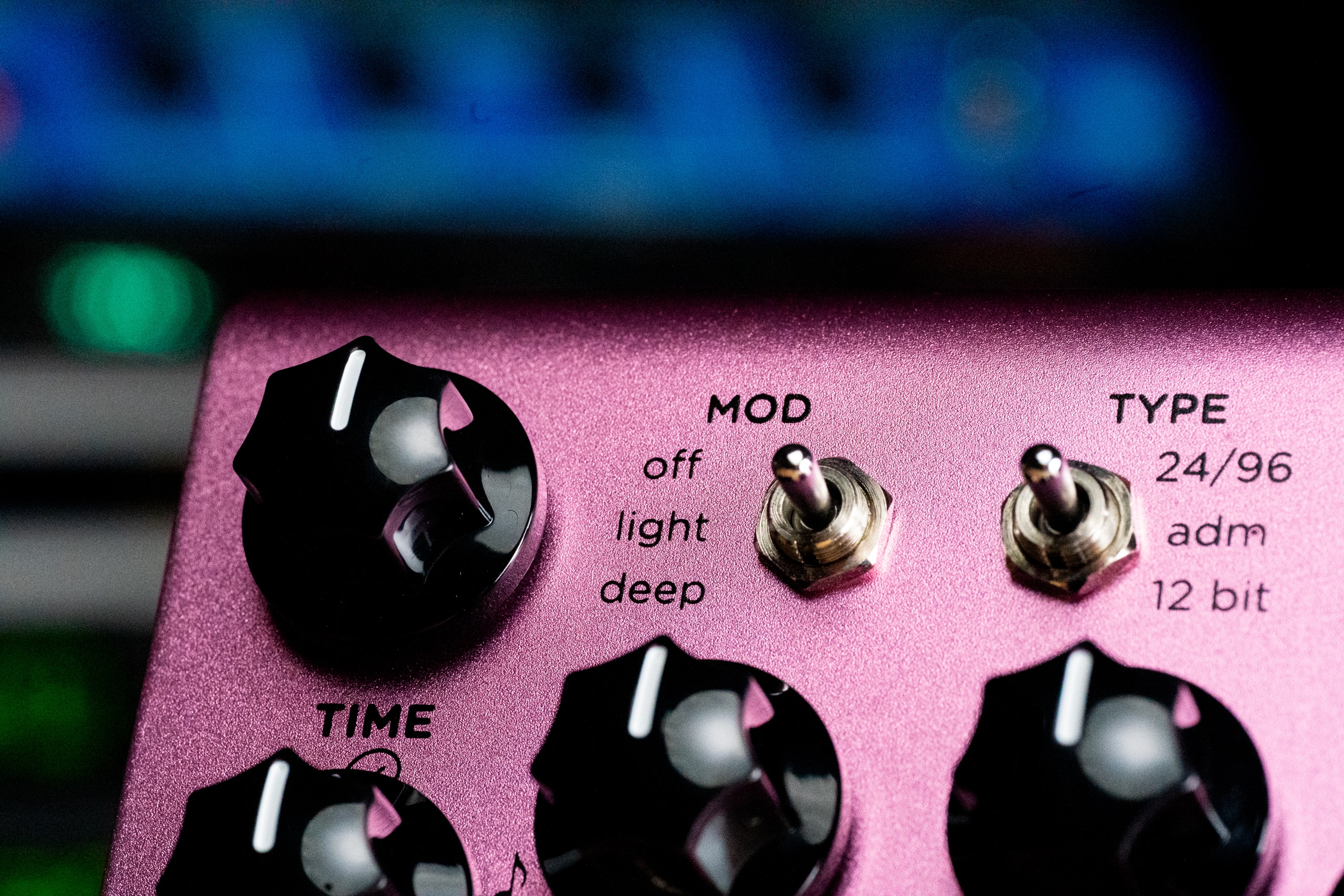
Modulation
Add Some Movement.
Need to add some extra character to your repeats? DIG features three levels of delay line modulation, perfect for adding richness and dimension to your delays.
Choose between no modulation to hear only your delays, light mod for subtle modulation, or deep mod for lush, thick increased modulation.
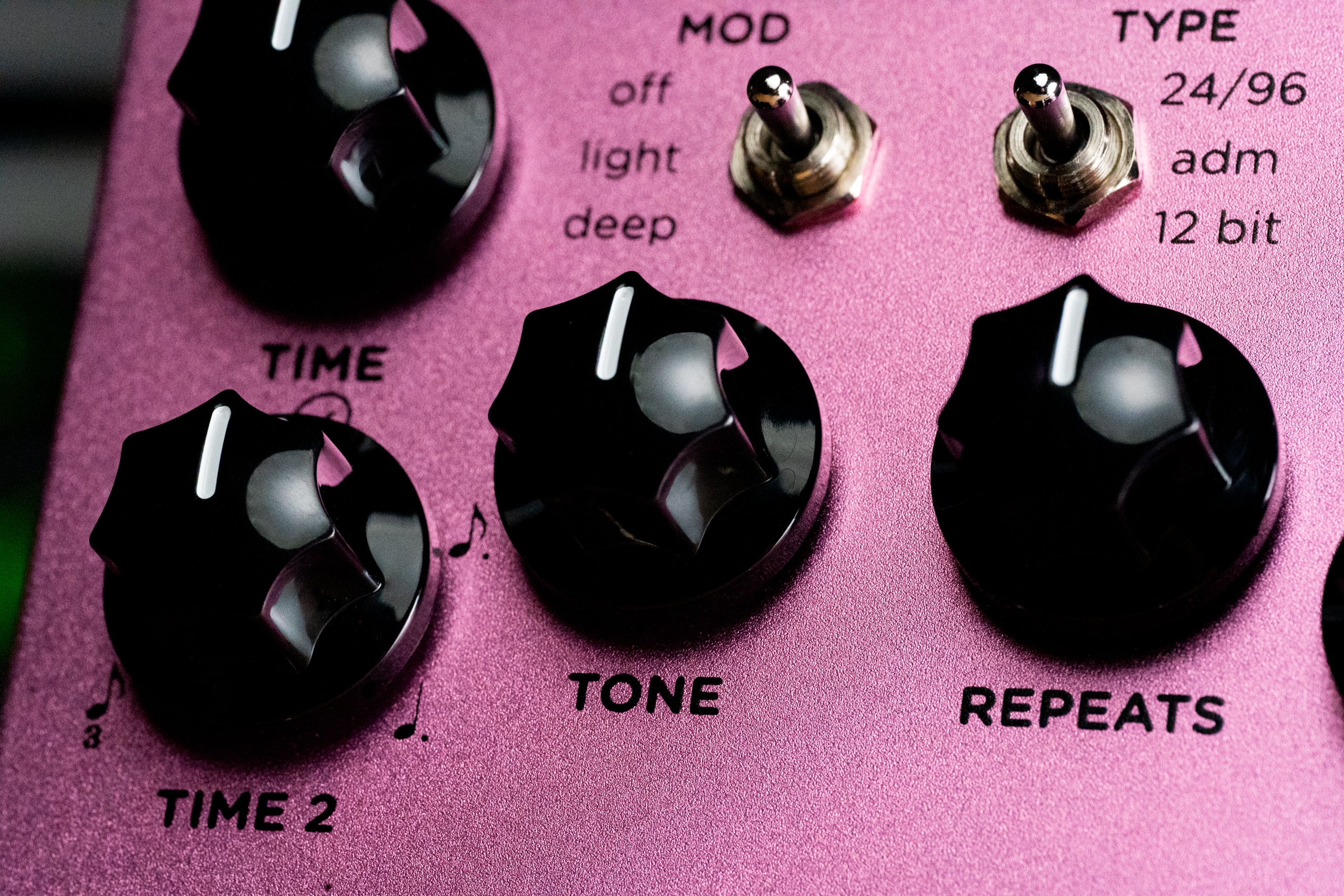
Tone
Tune Your Tone.
Our new generation of DIG lets you fine tune your delay tone with a dedicated Tone control that adjusts the feedback filter response.
Turn Tone to the left to cut out high frequencies for dark, washed out repeats, set it to noon for a neutral, flat response, or go past that for sparkly, shiny delays with reduced low frequencies.
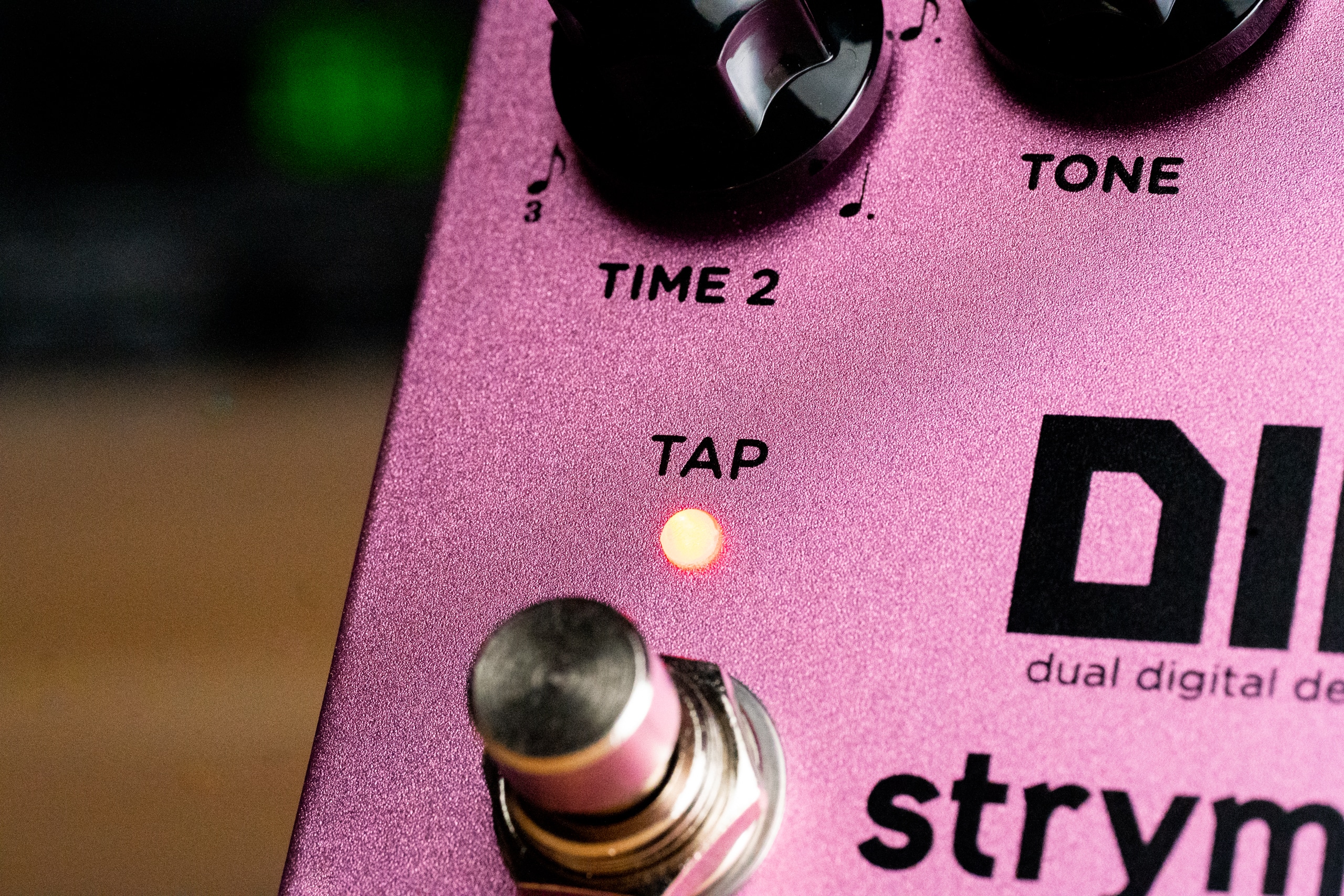
Circular Repeats
Round And Round.
Want to infinitely let your repeats echo on and on to create rhythmic soundscapes at the press of a button?
Holding down the TAP footswitch enables circular repeats, where both delay lines maintain a static volume and repeat continuously until the TAP footswitch is disengaged. At this point, all previous settings will be restored.

